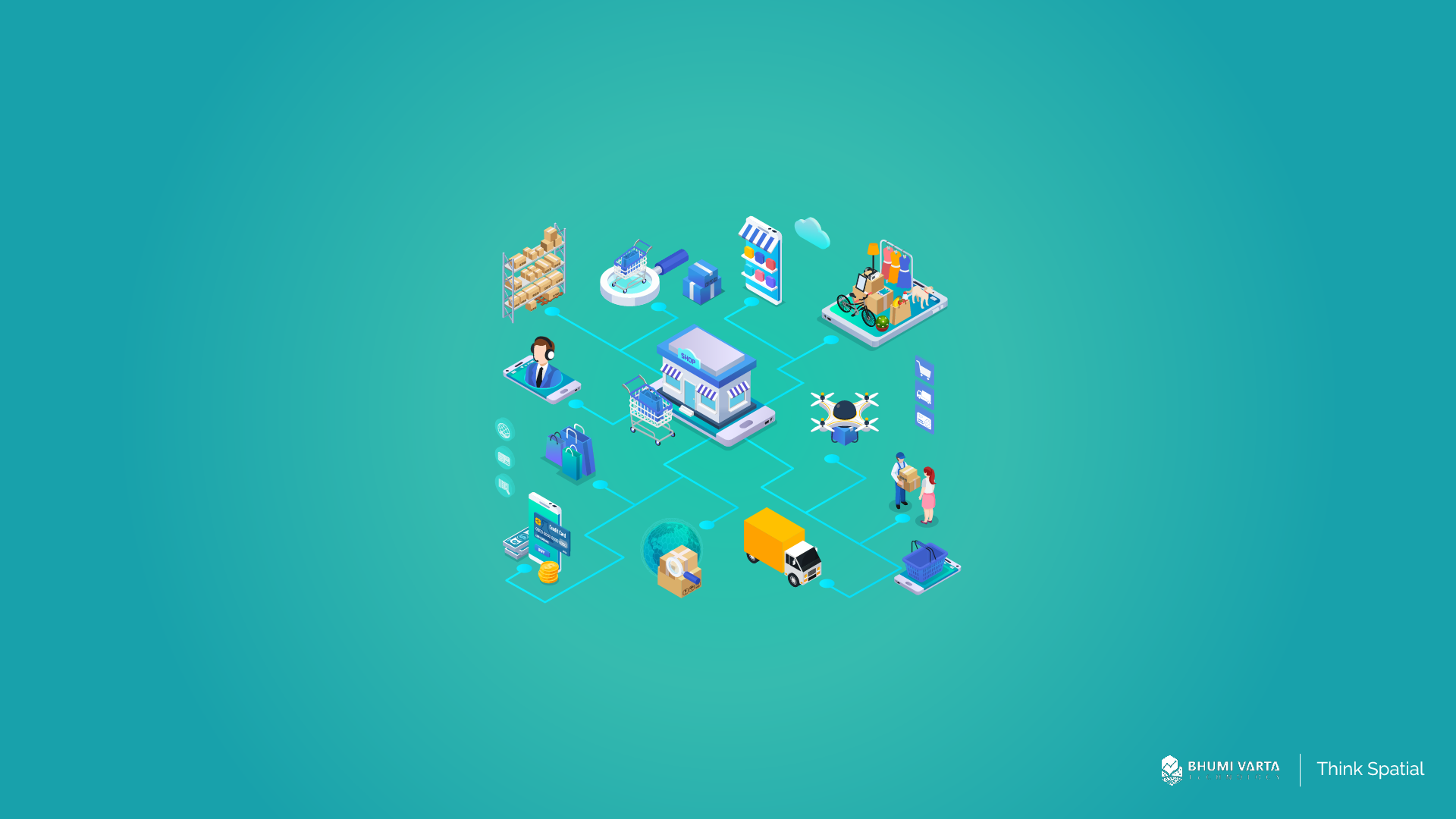The spatial approach is often used in geography to answer questions such as “How is the population distribution pattern in a region?” or “How do geographic factors affect economic growth in a particular area?”. So, what is the definition of the spatial approach? And what are some examples? Find out in this article.
Contents
What is the Spatial Approach?
The spatial approach is a concept in geography used to understand and analyze social, economic, and environmental phenomena in a spatial or geographic context. This approach focuses more on observing, analyzing, and interpreting data or information related to a specific location or place. Not only that, but the spatial approach is also useful for identifying the interrelationship between social, economic, and environmental factors with a specific location or place.
Usually, it involves several analytical techniques such as mapping, spatial analysis, distance analysis, and spatial modeling.
Mapping
Mapping analysis technique is used to identify spatial patterns of the phenomena being studied or researched.
Spatial analysis
Next, spatial analysis is used to identify the relationship between the variables being studied and a specific location or place.
Distance analysis
Next, distance analysis can help identify the degree of correlation between a particular location or place and other locations or places.
Spatial model
The last analytical technique is the spatial model. This model is used to make predictions or simulations about social, economic, and environmental phenomena in the future.
Example of Spatial Approach
After understanding the definition of spatial approach, let’s discuss some examples of its applications.
What are they?
Mapping the Spread of Diseases
Spatial approach can be utilized to map the spread of diseases in a specific region. For example, during the COVID-19 pandemic, spatial approach was used to map affected areas and predict potential areas that could be impacted in the future.
This approach helps identify areas that require special attention in handling the pandemic.
Analysis of Population Distribution
Furthermore, spatial approach can be used to analyze population distribution in a specific region. For instance, a geographer can use census data to determine the population size, density, and location in a region.
From this data, the distribution pattern of the population related to factors such as topography, accessibility, and government policies can be analyzed.
Analysis of Economic Growth
As discussed earlier, spatial approach can be used to analyze economic growth in a region.
Spatial approach helps geographers to map areas with high and low economic growth and identify geographic factors that influence economic growth in those areas.
Land Use Analysis
In land use analysis, a geographer can use satellite imagery data to determine land use patterns in a region.
This data can be analyzed to determine factors that influence land use patterns, such as climate, topography, and government policies.
Analysis of Interregional Linkages
The last example is using spatial approach to analyze interregional linkages. By using international trade data, a geographer can determine the linkages between regions in international trade.
This data can be analyzed to determine factors that influence interregional linkages such as accessibility and trade policies.
The Importance of Spatial Approach for Business
In the context of business, a spatial approach can be used by entrepreneurs for more effective and efficient decision-making.
Here are some reasons why a spatial approach is important for businesses:
Location Analysis
A spatial approach can help businesses conduct better location analysis, thereby minimizing risks and maximizing profits.
By using location analysis, businesses can identify the most strategic locations to open new branches, build factories, or even choose locations for promotions or advertisements.
Customer Mapping
Another benefit of a spatial approach is customer mapping. By doing this, businesses can identify patterns of purchases, product preferences, and location preferences of their customers.
This data can be used by businesses to tailor their products or services to meet customer needs and increase customer satisfaction.
Knowing Competitors
Spatial analysis can help businesses know the location of their competitors, their market share, and weaknesses of the competitors. With this information, businesses can create better strategies to win the competition in the same market as their competitors.
Marketing Analysis
Utilizing spatial analysis helps businesses to identify the appropriate areas or markets for their marketing efforts.
For example, if a business wants to market a new product to a certain age group, this analysis can be used to find areas where that age group is located.
Market Analysis
Furthermore, a spatial approach can also help businesses conduct better market analysis. This analysis can be used by businesses to determine the market size, potential market, and consumer profiles in a particular area.
This information can be utilized by businesses to determine which products or services they should offer to meet market needs and increase their market share.
Overall, businesses that use a spatial approach can experience various benefits.
From understanding their customers better, to determining the most strategic location, to creating more effective marketing strategies. A spatial approach can also serve as a tool for businesses to remain competitive and successful.
Finding the Best Location and Market with LOKASI Intelligence
Finding the right location and market is one of the keys to business success. A business located in a strategic location and having the right market will have a better chance of growing and expanding.
LOKASI Intelligence is a platform that combines location intelligence and geospatial analysis to help businesses find the best location and identify the right market.
Equipped with point-of-interest data, demographics, and socio-economic status, business owners can identify and find unbeatable locations for their stores or branches. In addition, LOKASI also comes with telco data that can be used to understand consumers and find the best market for their products.
Learn more about how LOKASI Intelligence can help your business by contacting us via email: [email protected] or WhatsApp: +6287779077750.



